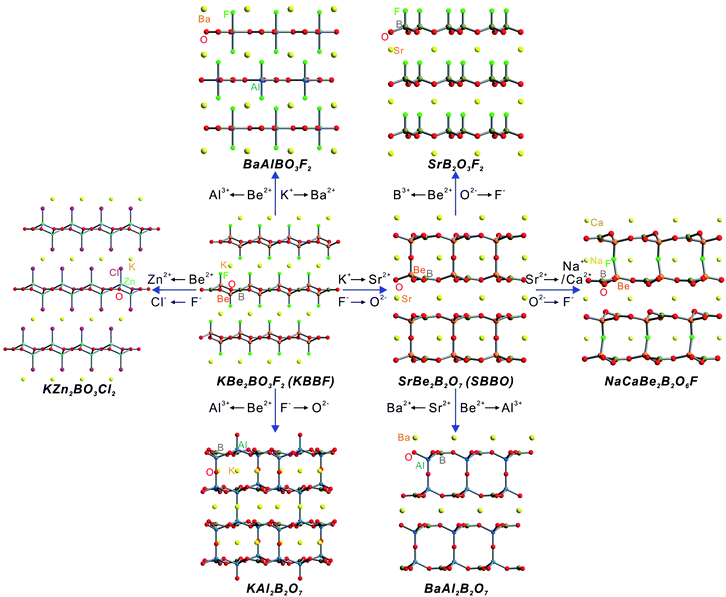

A short 3' UTR of approximately 100 nt separates the coding region from the poly (A) tail.

The non-structural proteins are encoded in P2 (2A-2C) and P3 (3A-3D). P1 encodes the genetic information of four structural proteins: VP1-4. The coding region encompasses a single open reading frame (ORF) that encodes a polyprotein that can be divided into three sub-regions: P1, P2, and P3. The 5' UTR of HEVs harbors an internal ribosomal entry site (IRES) that fold to adopt a functional secondary RNA structure that drives translation initiation. The length of the 5' untranslated region (UTR) in the genome is about 700 nt, which is unusually long compared with the homologous region of cellular mRNA. The HEV genome containing ECV 18 consists of an approximately 7,400 nucleotide (nt)-long single-stranded polar RNA molecule that is attached to a viral peptide (VPg) at the 5' end. An outbreak of aseptic meningitis caused by ECV 18 occurred in Korea in 2005, marking the first time that ECV 18 had been identified in the country since enterovirus surveillance began in 1993. From 1970-2005, two peaks of ECV18 activity were observed in the United States (05), with the mortality rate being around 1.8% from 1983 to 2005. Recently, outbreaks of aseptic meningitis caused by ECV 18 have been frequently reported. But, a fatality due to ECV 18 infection was described. Generally, the clinical symptoms of HEVs, except for EV71, are asymptomatic or mild, usually with non-specific symptoms such as fever, irritation, agitation, sore throat, headache, myalgia, vomiting, mild abdominal discomfort, and diarrhea. Thereafter, ECV18 was isolated from patients with exanthematous febrile disease and aseptic meningitis. The prototype strain of ECV 18, Metcalf, was isolated in 1995 from a patient with diarrhea in a sporadic case. There are, however, strains of ECV that are pathogenic in mice. ĮCVs cause the same types of infections in humans as the CVB group, but have been given a distinct classification primarily because they lack pathogenicity in newborn mice. The HEV-B group containing echovirus (ECV) 18 consists coxsackieviruses B (CVB) 1 to 6, coxsackievirus A9, ECV 1 to ECV 7, ECV 9, ECV 11 to ECV 21, ECV 24 to ECV 27, ECV 29 to 33, enterovirus (EV) 69, and EV 73. HEVs can be grouped as HEV-A to HEV-D and polioviruses. Human enteroviruses (HEVs), RNA viruses from the Picornaviridae family, comprise more than 80 immunologically-distinct serotypes that cause infections in humans.

These antiviral activity effects were similar with results of the Korean ECV5 isolate. Of the five drugs, only amantadine (IC 50: 4.97 ± 0.77 μg/mL, TI: 20.12) and ribavirin (IC 50: 7.63 ± 0.87 μg/mL, TI: 13.11) had any antiviral activity against the Korean ECV 18 isolate in the five antiviral drugs. In Vero cells infected with the Korean ECV 18 isolate, no cytotoxicity was observed in the presence of azidothymidine, acyclovir, amantadine, lamivudine, or ribavirin, when the drugs were administered at a CC 50 value >100 μg/mL. These two strains shared all cleavage sites, with the exception of the 2B/2C site, which was RQ/NN in the Metcalf strain but RQ/NS in the Korean ECV 18 isolate. Unlike the ECV5 isolate, the 3' untranslated region had the highest identity value (94.2%) at the nucleotide level, while, at the amino acid level, the P2 region displayed the highest identity value (96.9%). Using a sample isolated from stool specimen of a 5-year-old male patient with aseptic meningitis, the complete genome sequence was obtained and was compared it with the Metcalf prototype strain. An outbreak of aseptic meningitis caused by the ECV 18 isolate was reported in Korea in 2005, marking the first time this virus had been identified in the country since enterovirus surveillance began in 1993. The present study extended these tests to a Korean ECV 18 isolate. Genetic diversity and antiviral activity for five common antiviral drugs of echovirus (ECV) 5 isolated in Korea have been described.


 0 kommentar(er)
0 kommentar(er)
